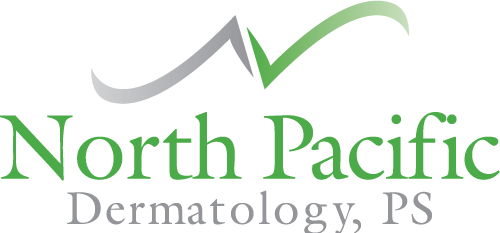Acne vs. Rosacea: How to Combat Both
Rosacea and acne might be different skin conditions, but the truth is that they’re mistaken for one another pretty often. If you’re struggling to identify these conditions and treat them, you’ve come to the right place. Here’s what you need to know.
What to Know About Acne vs. Rosacea
How to Identify Rosacea
Rosacea is primarily identified by two key symptoms: skin flushing and persistent facial redness. Most people with rosacea have a history of blushing or flushing frequently. Be on the lookout for full or partial facial redness that lasts longer than normal if you suspect you may have rosacea. The other key symptom you need to review is persistent facial redness. If your face is constantly red, it may be a sign of rosacea. This redness can look like a sunburn that won’t go away, even when you haven’t been in the sun. When you’re looking for facial redness, the primary spots to keep an eye on include skin on the nose, cheeks, forehead, and chin. Rosacea typically occurs in patients aged 30 to 60 years old, but rosacea can affect just about anyone from any age group. While it’s not a life-threatening skin condition, it’s possible that rosacea will cause some discomfort if it’s left untreated. Some patients have reported hives and a stinging sensation, as well.
How to Identify Acne
Acne is one of the most commonly diagnosed skin disorders, especially in young adults. In the majority of cases, acne is the result of hair follicles and pores getting clogged with oil and dead skin cells. In turn, whiteheads and blackheads then form within hair follicles and pores. It’s also possible for acne to be caused by hormonal imbalances. This is one of the most common reasons that we see a high percentage of teenagers suffering from acne. The range of severity varies widely, as well. Acne can range from being fairly mild to being severe and even cystic, where blemishes form deep within the skin. Key symptoms to look for include redness, small pustules, blackheads, and painful bumps on the skin.
Why Is Rosacea Commonly Mistaken for Acne?
There is one key symptom that causes people to confuse acne and rosacea: pustules. Both acne and rosacea patients can experience a form of skin rash that takes the form of pus-filled pimples and small red bumps on the surface of the skin. The pustules that arise from rosacea often look incredibly similar to the whiteheads that accompany acne, but there’s one key difference to look for: blackheads! Blackheads, as we covered above, are associated with acne. Rosacea, on the other hand, usually doesn’t cause blackheads. Instead, people who suffer from rosacea will typically only have whitehead-like pustules.
Treating Acne and Rosacea
Fortunately, the treatments for rosacea and acne are strikingly similar. The most common treatments for acne are topical. These solutions are usually made with salicylic acid or benzoyl peroxide, both of which can help keep oil production low and boost skin cell turnover. Rosacea is also commonly treated with topical solutions, though the main active ingredients may vary a little bit. The goal of topical treatment for rosacea is to reduce redness as much as possible. That said, it is possible to treat rosacea with oral acne medications that can help reduce the occurrence of pustules on the skin.
Dealing with rosacea and acne can be tricky. If you’re not sure whether you’re suffering from acne or rosacea, set up a consultation with our team at North Pacific Dermatology today.
